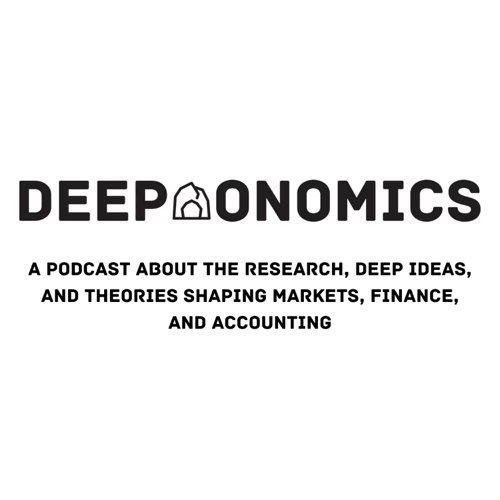
Welcome, friend and future deep-dweller!
This is the sixth monologue episode of Deeponomics—a podcast exploring the research, deep ideas, and theories shaping markets, finance, and accounting.
In this episode, we dig into the idea of information in financial markets—what counts as information, how it is defined, and why prices sometimes move even when nothing seems to happen.
References:
Shannon, C. E., 1948. A mathematical theory of communication. Bell System Technical Journal, 27(3), pp.379–423.
Rowley, J., 2007. The wisdom hierarchy: representations of the DIKW hierarchy. Journal of Information Science, 33(2), pp.163–180.
Fair, R. C., 2002. Events that shook the market. Journal of Business, 75(4), pp.713–731. Available at: https://www.jstor.org/stable/10.1086/341638
Siegel, J. J., 2008. Stocks for the Long Run: The Definitive Guide to Financial Market Returns and Long-Term Investment Strategies. 4th ed. McGraw-Hill.
Bouchaud, J.-P., Farmer, J. D., and Lillo, F., 2009. How markets slowly digest changes in supply and demand. In: T. Hens and K. Schenk-Hoppé, eds. Handbook of Financial Markets: Dynamics and Evolution. Amsterdam: Elsevier, pp.57–160.
Subscribe to follow along as we speak with researchers, unpack academic work, and challenge surface-level stories about markets.
—
Find Us Deep
Substack:deeponomics.substack.com
Instagram: @deeponomics
YouTube: @Deeponomics
Website: deeponomics.com
Email: info@deeponomics.com